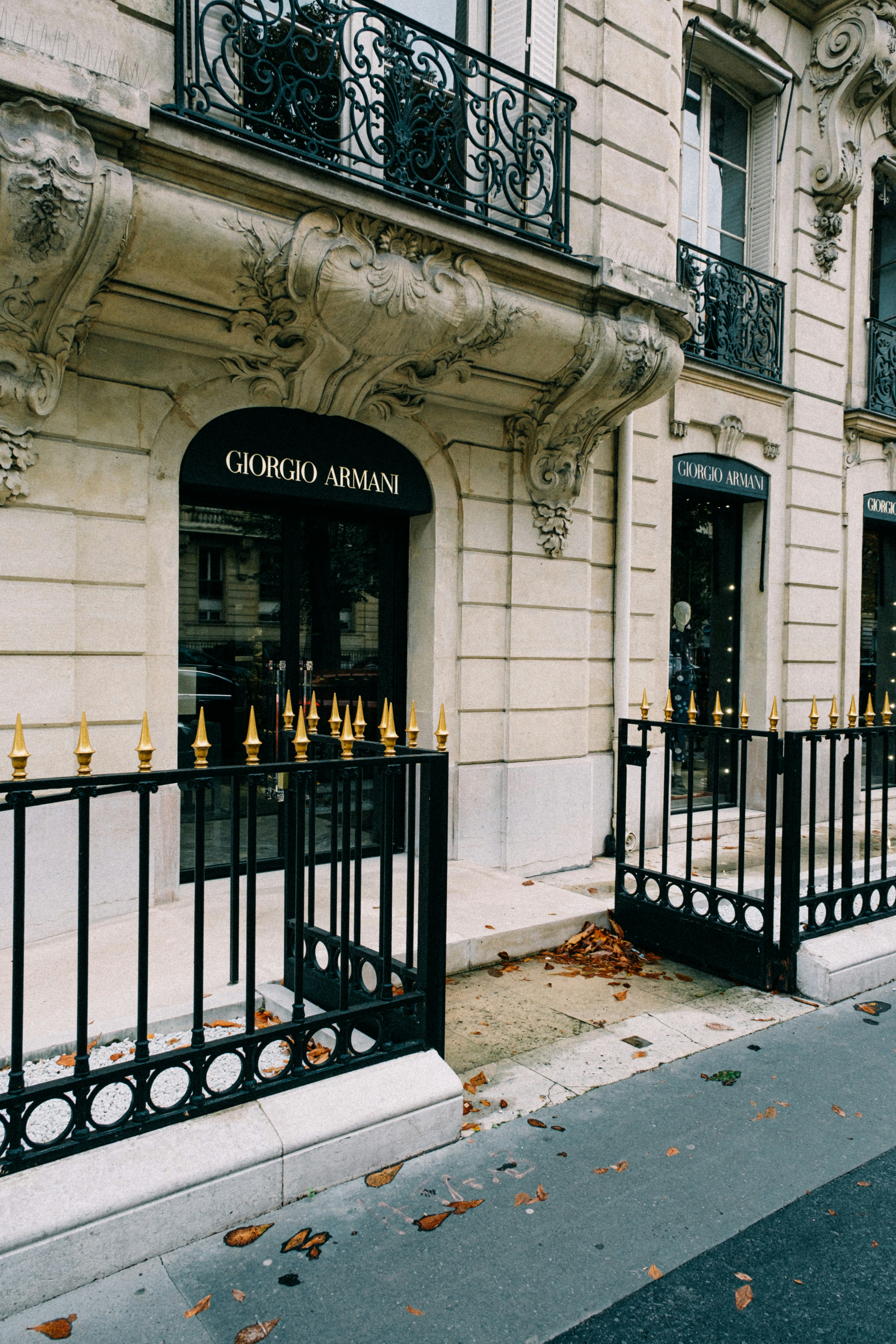Giorgio Armani’s death on September 4 at the age of 91 did not only mark the end of a life, it closed the final chapter of an era in fashion, defined by singular vision, and a kind of elegance that was both effortless and revolutionary.
Armani was the last of the true designers who never bowed to conglomerates nor diluted his aesthetic to chase trends as he was famed for never letting a boardroom tell him what women (or men) ought to wear.
But now, with his passing, the question on the lips of everyone with keen interest in the fashion world is: What happens to an empire when its emperor is gone?

Giorgio Armani’s Legacy
Before Armani, power dressing was this rigid and padded fashion. Then Armani introduced his signature deconstructed blazer in the ’70s. Back then, his designs gave off a soft, fluid and sensual energy without trying too hard. No surprises there that it was a hit to the consumers.
He didn’t only change how women dressed; he changed how they were perceived in boardrooms, at galas, on screen. When Diane Keaton accepted an Oscar in 1977 wearing Armani, that marked a pivotal moment for the Italian brand, showing that his designs weren’t necessarily restricted to boardrooms only.
“He gave women permission to be powerful and soft at the same time,” says critic and historian Bianca Raggi. “That was his genius — he understood nuance in a world that preferred binaries.”
Who Might Succeed Giorgio Armani?
Armani was famously controlling. He had to have a day and of course, approve of every fabric, every store layout, every ad campaign before it was made official. He built a $2.7 billion empire without ever ceding an inch to outsiders. For such a legendary designer, he had no children, but he did have a family (both biological and chosen).
His niece, Silvana Armani, leads women’s design. Leo Dell’Orco, his right-hand man for 40 years, heads menswear. His other nieces and nephews also sit on the board. What this implies is that on paper, his succession plan is masterful. But, can anyone really replace a visionary?
“He was the sun everything [and everyone] revolved around,” says former design assistant Claudia Rami. “When that sun sets, even the most prepared planets can drift.”
Top businesses such as LVMH and Kering have been eyeing Armani for years prior to his passing due to its global recognition and prestigious legacy. Now that he’s passed, a void has opened up.
Luckily, Armani built firewalls. At present, a foundation controls governance. Company bylaws include a five-year ban on sales or IPOs. He once said, “I’d rather not sell, even posthumously.” But for all his applaudable efforts, money still talks. And in today’s luxury marketing, independence is a luxury few can afford.
What made Armani Armani was his worldview and his take on dressing elegantly without excess a.k.a. quiet luxury before it was a hashtag.
He believed that clothes should serve the person wearing them, not the other way around. That philosophy is now in the hands of people he trained, but not everyone is convinced they can uphold it, especially in this digital age of TikTok hauls and drop culture.
The Final Collection and Goodbyes
Armani’s last collection will show during Milan Fashion Week later this month and it promises to be an emotional affair, especially because it will be compared to everything that came before.
And then will come the first collection without him. The first campaign, the first store opening, the first celebrity red carpet moment where he isn’t there to approve the look.
















